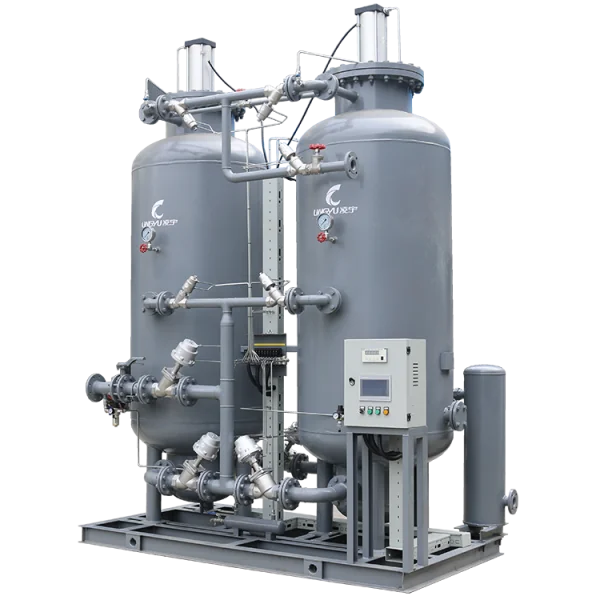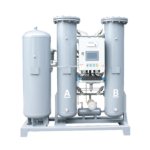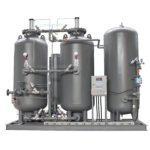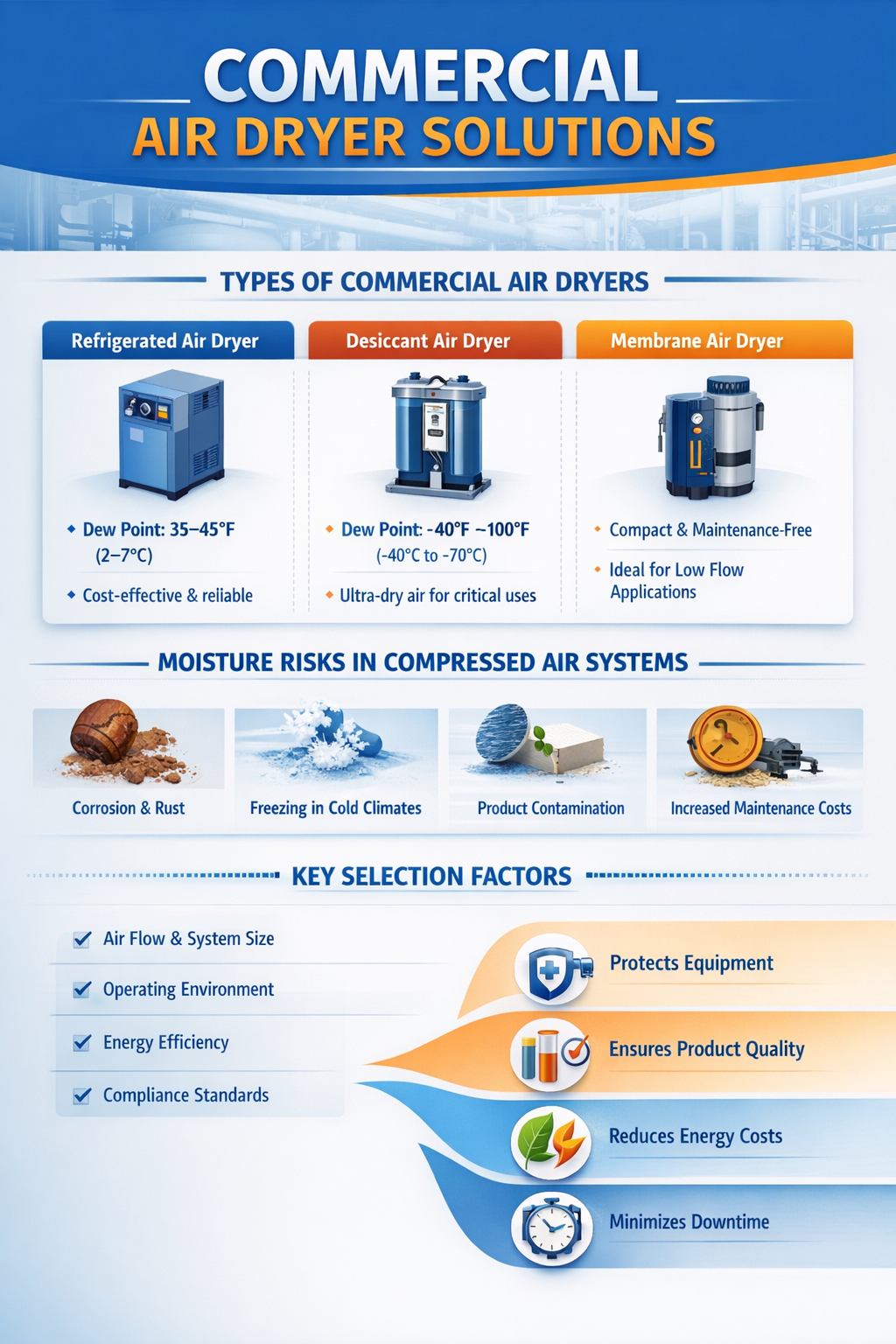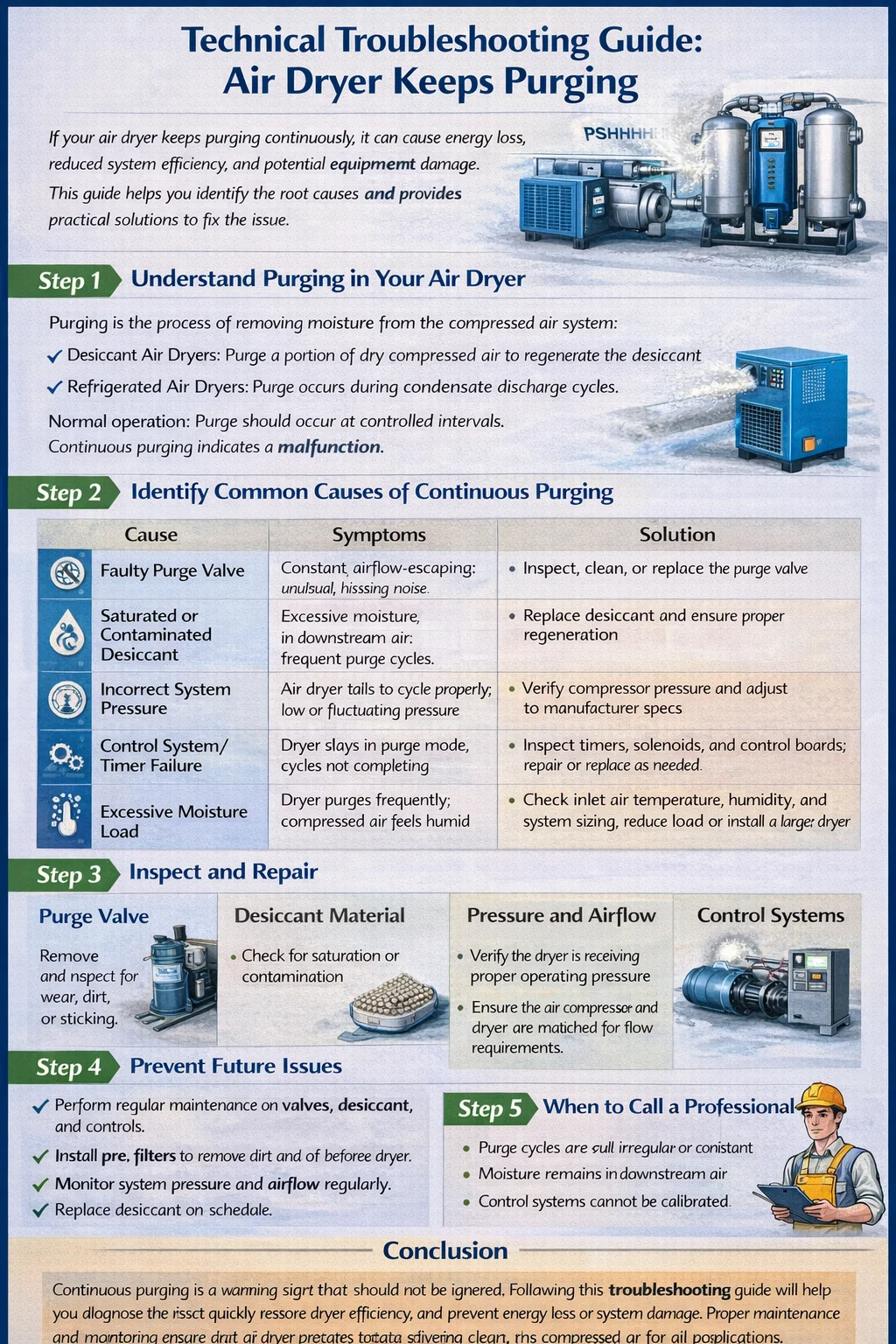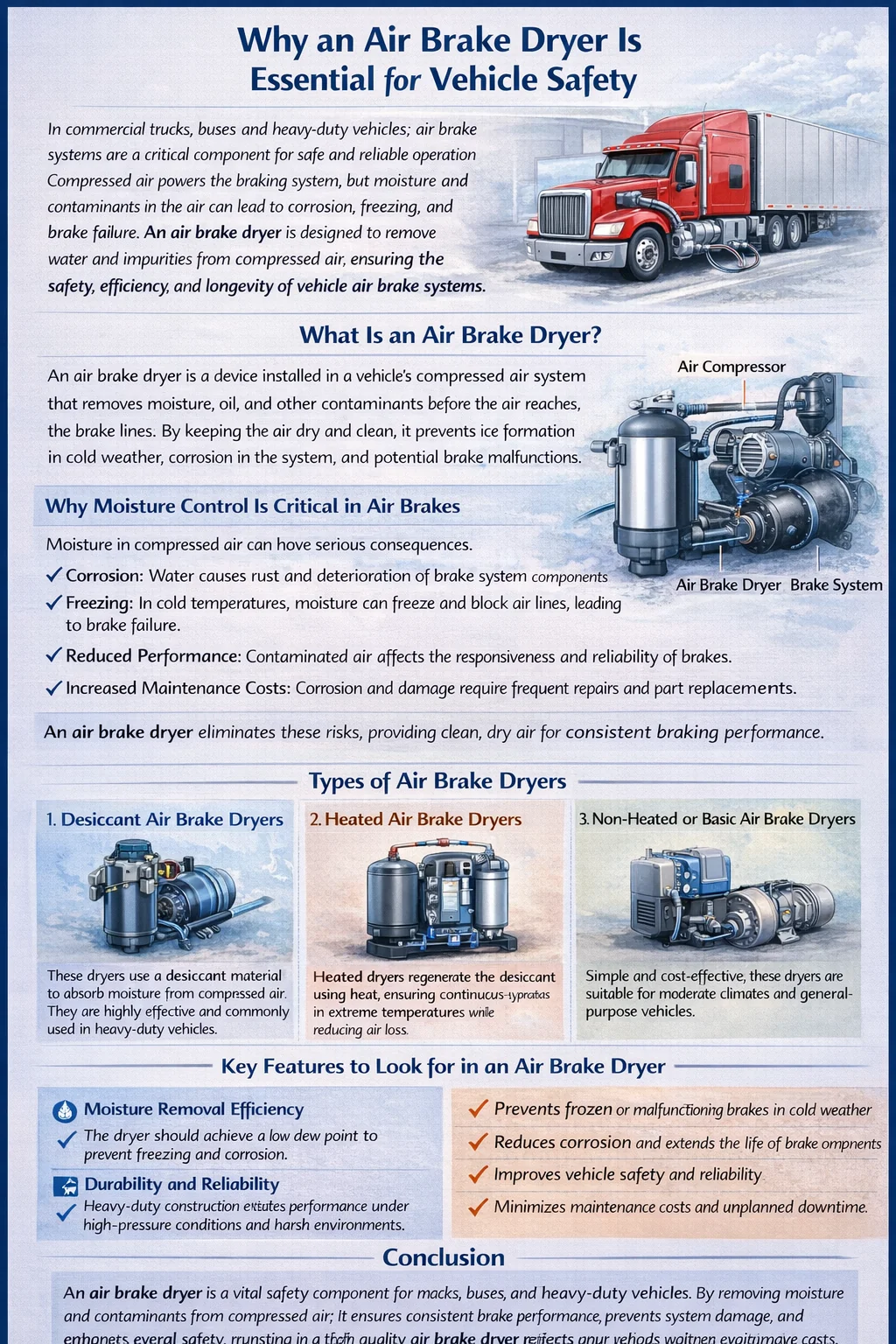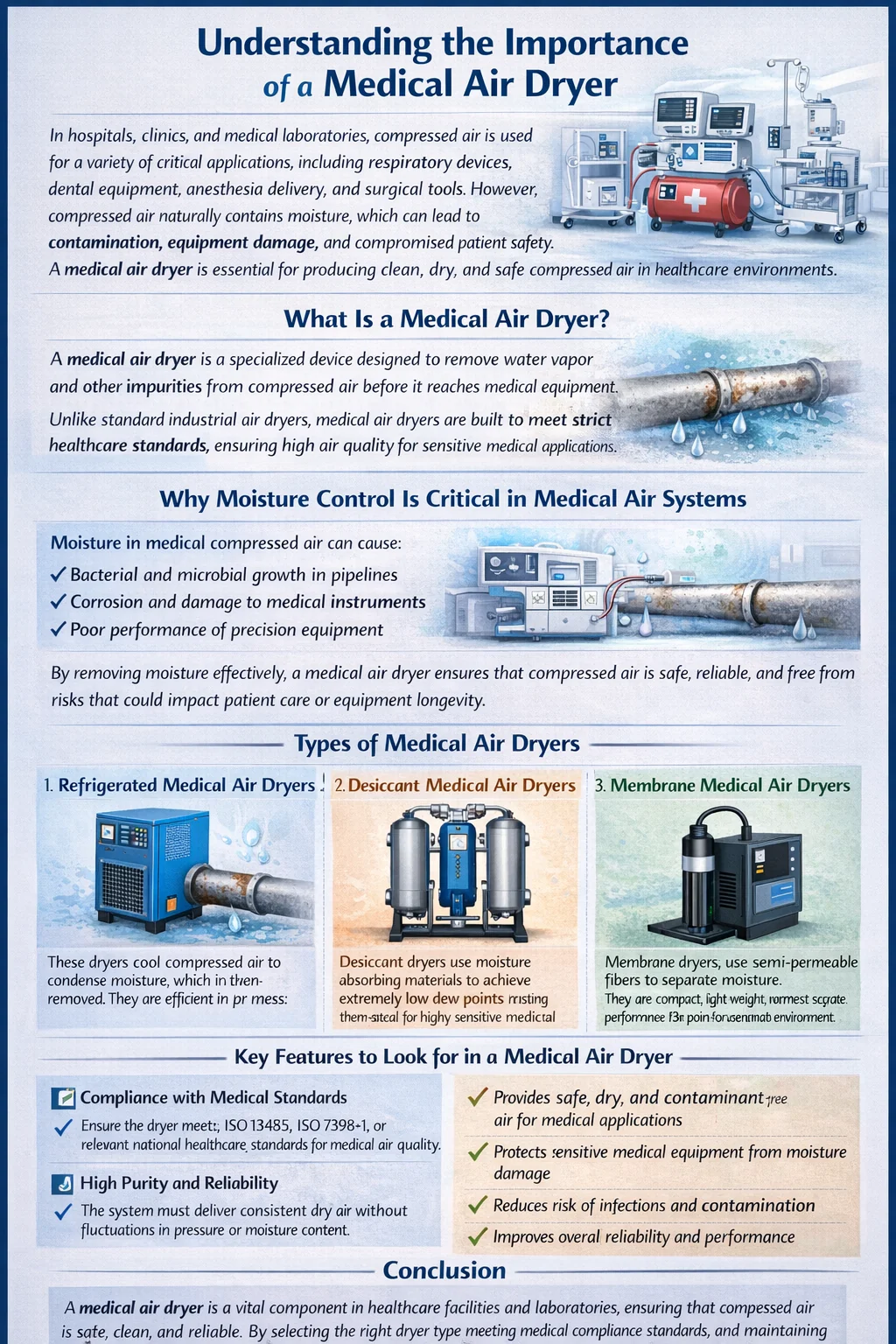Introduction: The Rise of On-Site Nitrogen Generation
If your business relies on liquid nitrogen (LN₂), you’ve probably asked:
“How does a liquid nitrogen generator work?”
The answer is both fascinating and critical to industries like food freezing, metal treatment, biotech, cryopreservation, and electronics manufacturing.
Traditionally, liquid nitrogen was delivered in bulk tanks or Dewar cylinders, requiring refills, rental contracts, and transportation. Today, modern facilities are increasingly turning to on-site liquid nitrogen generators to gain cost-efficiency, independence, and safety.
Let’s break down exactly how a liquid nitrogen generator works, why it’s transforming industrial operations, and how your business can benefit.
What Is a Liquid Nitrogen Generator?
A liquid nitrogen generator is a system that produces ultra-pure nitrogen gas from ambient air and cools it into a liquid state (LN₂) using advanced refrigeration technology.
Instead of depending on external suppliers, these generators provide on-demand LN₂ with purity levels typically above 99.999%.
How Does a Liquid Nitrogen Generator Work?
The process involves three key steps:
1. Air Separation via PSA or Membrane Technology
The generator first pulls in ambient air, which contains approximately 78% nitrogen.
PSA (Pressure Swing Adsorption): Compressed air is fed through carbon molecular sieves that adsorb oxygen, CO₂, and water vapor, allowing pure nitrogen to pass.
Membrane Systems: Use hollow fibers to separate nitrogen molecules based on size and diffusion rates.
This step delivers high-purity gaseous nitrogen (up to 99.999%).
2. Cryogenic Cooling to Reach Liquid State
The purified nitrogen gas then passes into a cryocooler system — typically based on Stirling or Gifford-McMahon cooling cycles.
The nitrogen gas is cooled to below −196°C (-320°F), its boiling point.
A series of heat exchangers and expansion valves rapidly lower the temperature.
The result is liquid nitrogen, stored at cryogenic temperatures in vacuum-insulated tanks.
3. Storage & Distribution
Once liquefied, LN₂ is stored in internal Dewars or piped directly to end-use points. Pressure control and safety valves maintain stable output and safety.
Key Components of a Liquid Nitrogen Generator
| Component | Function |
|---|---|
| Air Compressor | Draws in and compresses ambient air |
| Pre-treatment Filters | Removes particulates, oil, and moisture |
| PSA or Membrane Module | Separates nitrogen from air |
| Cryocooler (Stirling or GM) | Super-cools nitrogen gas into a liquid |
| Vacuum-Insulated Storage Tank | Stores liquid nitrogen safely |
| PLC Touchscreen Controller | Automates monitoring and control |
🧊 Generate Your Own LN₂ — Cut Costs, Gain Control!
Tired of bulk LN₂ delivery delays and rising refill costs?
Upgrade to an on-site nitrogen generator system and enjoy:
✅ Reliable, 24/7 liquid nitrogen supply
✅ Eliminate delivery fees and dependency on vendors
✅ Consistent purity and safety
✅ Fast ROI in under 2 years
🎯 Our liquid nitrogen generators are engineered for performance, safety, and maximum efficiency. From biotech to metallurgy, we have your industry covered.
Applications of Liquid Nitrogen Generators
The industries benefiting from understanding how does a liquid nitrogen generator work include:
Food Freezing & Packaging: Instant freezing of seafood, meats, and ready meals
Pharmaceuticals & Biotech: Cryopreservation of cells, vaccines, and organs
Metallurgy: Heat treatment, shrink-fitting, and inert environments
Laboratories: Sample storage and cold traps for vacuum systems
Electronics: Cooling of superconductors and semiconductor testing
Benefits of Using a Liquid Nitrogen Generator
✅ Cost Efficiency
No need for delivery, storage fees, or supplier contracts — save up to 80% on LN₂ costs long-term.
✅ Safety and Control
No pressurized deliveries or handling; fully automated systems offer increased on-site safety.
✅ Constant Supply
Zero interruptions to production due to delivery delays or quantity limits.
✅ Custom Scalability
Systems can be designed from 5 to 1000+ liters/day, depending on your needs.
Frequently Asked Questions (FAQ)
How does a liquid nitrogen generator work compared to bulk delivery?
It produces LN₂ on-demand from ambient air, using PSA/membrane technology followed by cryogenic cooling — eliminating the need for external supply and transportation risks.
What is the average LN₂ purity level?
Most systems provide 99.999% purity, ideal for pharmaceutical and research applications.
How much liquid nitrogen can I generate per day?
Systems range from small lab models (5–20 L/day) to industrial models (500+ L/day).
Is maintenance complicated?
No. Most systems are modular and automated, requiring minimal routine checks and filter changes every few months.
What certifications do liquid nitrogen generators have?
CE, ISO 9001, GMP, UL (optional), depending on the manufacturer and market.
Summary – Why Understanding How a Liquid Nitrogen Generator Works Matters
Knowing how a liquid nitrogen generator works helps your team make an informed decision about investing in on-site generation. From eliminating costly deliveries to gaining full control of your LN₂ production, these systems offer a future-proof solution for modern industries.
Whether you’re in biotech, food, or materials engineering, a nitrogen generator is not just a tool — it’s a strategic upgrade.
🔧 Need expert advice on choosing the right liquid nitrogen generator?
Our engineers are ready to guide you through sizing, ROI estimates, and technical details tailored to your workflow.
Related products:
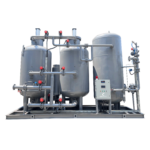
Nitrogen generator with 99.99% purity—reliable, efficient, and built for demanding industrial applications.

